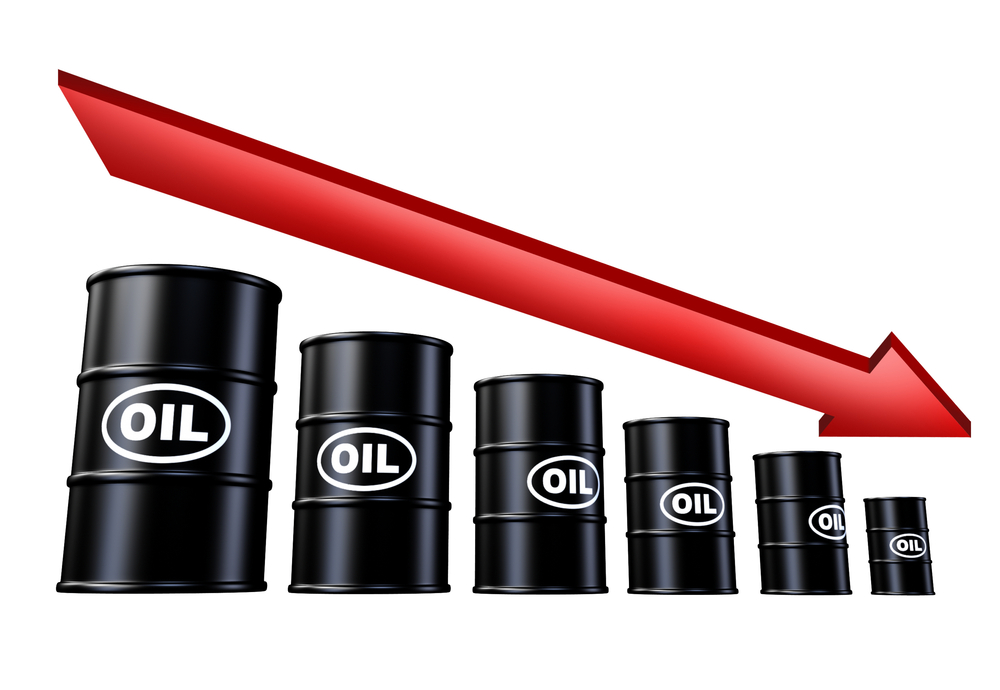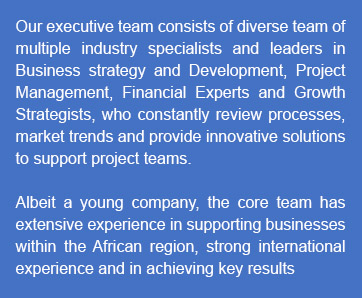iWells Management Consultancy: iWells, Dubai, UAE is specialised in drilling oil and gas wells with focus on well optimisation, technical and operational integrity, effective drilling execution strategies, risk mitigation and prevention, integration of multi-disciplined approach to deliver complex projects through a defined well delivery process and establishing Integrated Project Management concepts in the industry.
J. Muthu Kumar, Managing Director, iWells: + 30 years of experience in well construction (drilling, testing and completion) in all drilling environment with +12 years in running integrated project management contracts. Founder of iWells and lead manager to deliver its objectives.
1. Operating Model in the US$ 35 bbl Market
The oil and gas industry enjoyed a successful run in a +US$ 60/bbl world for more than a decade except for a short period in 2008-2009 during the world wide economic melt down when the oil prices fell below US$ 40/bbl. The last 5 years had seen an unprecedented and exceptional run at +US$ 100/bbl world which provided high returns for oil exporters and investors. The high margin of returns allowed investors to expand the drilling activities and venture in to highly complex and extreme environments which created a high demand for rigs, services, equipment and manpower.
The average cost of an offshore well had risen by 100-150% from 2003 until 2014. Due to high crude oil price, the oil and gas companies were able to afford such increased well costs without much focus on cost optimisation or attempts to reduce the cost of rig and services which increased by more than 100% of the 2005-2007 costs. In addition, the costs of services were driven by oil and gas companies using specialised services and expensive technology to drill complex and minimum tolerance wells. Due to low focus on optimisation and efficiency, engineering and process driven issues, inadequate performance values and improperly managed learning curves added further costs to the well.
How does it relate to the current scenario of US$ 35/bbl? Unlike 2008-2009 where the low oil prices existed only for a short duration, the current fall in oil prices is expected to be a long term phenomenon. The latest OPEC Dec 2015 World Oil Outlook report predicts a US$ 5 /bbl increase per year to reach US$ 70/bbl (real terms) in 2020 and this outlook is based on predicted growth in economy and demand for oil. However, predictions and trends in the oil business had failed in the past as oil is not just about a demand-supply model like any other commodity and hence OPEC‟s prediction of a consistent US$ 5/bbl increase in the mid-term per year may not come true. Some predictions like that of Goldman Sachs indicate oil prices falling to US$ 20/bbl mark at least for a short duration in the near future.
Oil and Gas Companies are the hardest hit due to the fall in the oil prices to the current levels. With significant cut to their revenues, cash flow and ROI, many projects are dropped or investment decisions are delayed indefinitely. There is a fundamental shift from volume to value as many Operators are focusing on increasing production efficiency to existing wells rather than drilling new wells.
However, despite the lower ROI, several Operators need to drill new wells to sustain volume due to declining production levels, need of cash flow to manage debts/other financial commitments and comply with minimum work programme commitments to the Governments to avoid penalties. Some Operators continue to drill new development wells to take advantage of the market conditions to save significant well costs (holding the production until oil prices turn back). Few others, especially oil importing countries, take advantage of the low cost environment to drill exploratory wells for new commercial discoveries. Although rare, few oil and gas companies have to continue drilling due to committed minimum contract duration for the rig and services (to avoid significant penalty for early termination).
The service companies including the rig contractors, associated service providers, tangibles suppliers and manufacturers enjoyed a long comfortable high cost oil environment for almost 12 years (except in 2009).
Both the Operators and Service Providers understand that the oil prices and the market will eventually turn back and the need to be ready for ramping up resources quickly. The service providers strive to sustain the highly trained, skilled and quality personnel by staying in business despite costs falling in to new lows that they have not experienced for almost a decade.
Hence, it is difficult for the oil and gas companies and service providers to stay competitive in the current market conditions unless their entire strategy is shifted from a US$ 100/bbl thought process to a US$ 35/bbl model.
However, in today‟s world despite the low cost environment, they cannot compromise on technical and operational performance, must comply with safety, statutory, environment and regulatory standards and where applicable host communities/local content requirements (which requires serious consideration to business models in several countries).
The oil and gas companies and service providers must then work on a paradigm shift to their business and operating model to effectively manage the massive shifts in global market conditions (cannot be at local level), reduced funding and cash flow levels and potential lack of quality due to forced low cost operations. The paradigm shift must include positive engagement to achieve innovative contract models, development and adoption of efficient technology and excellence in execution. Jointly both the Operators and Service Providers must turn the market complexity and uncertainty into an opportunity for growth with the support of the Government Regulatory Bodies.
iWells is a partner and part of SpringRock Group in Sub-Saharan Africa.
Want to Read more? Click Here to Download




